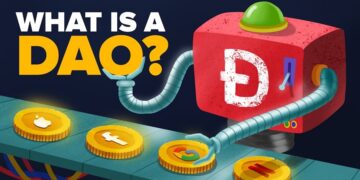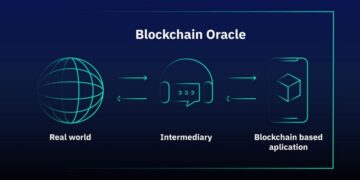Table of Contents
ToggleByzantine Fault Tolerance – What is Byzantine fault tolerance blockchain?

The Byzantine general’s math problem

We can consider a number of objectives as follows:
- Every commander must make a decision regarding whether to engage in an attack or to retreat.
- Once a decision has been executed, the commanding officer is not authorized to alter it.
- It is imperative that all commanding officers reach a unanimous decision and execute it in a synchronized manner.
Compare Centralized vs Decentralized
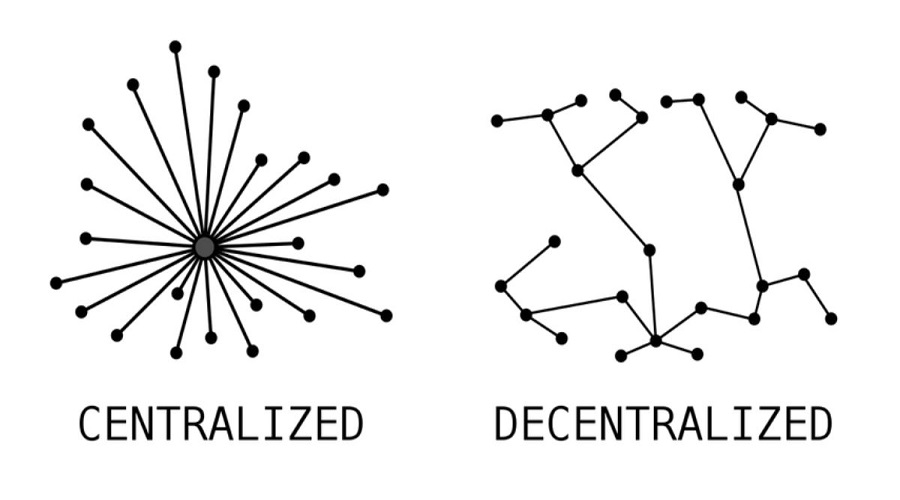
The issues faced by the Byzantine tend to arise within centralized or decentralized systems
As it is widely acknowledged, a centralized system demands an organization or agency to undertake the responsibility of managing and supervising it. This implies that published information is accurate and legitimate, provided by a competent authority. Consequently, fraudulent or false information can be prevented or hindered from spreading throughout the network. Thus, achieving consensus becomes more feasible. The issue becomes significantly more challenging with a decentralized system, as there is no designated organization or entity responsible for managing and monitoring the system. Consequently, the veracity of the information sources cannot be verified with certainty, making it difficult for network members to establish trust in the system. For the purpose of clarification, let us consider the example of traditional financial institutions, namely banks. We often have several reasons to trust banks in the storage and transaction of assets. In a scenario where a bank engages in fraudulent behavior towards customers, it is the central bank or government agencies that step forward to rectify such actions.How Bitcoin Solves the Byzantine Fault Tolerance Blockchain

How fault tolerant are consensus algorithms?
Although users may not know each other’s identities, the principles of Bitcoin’s network are objective and free from intervention or disagreement with the information on it. Furthermore, once a Block is added to the Blockchain, it is virtually immutable, meaning it is difficult to remove and Bitcoin’s past is inviolable and unchangeable. Based on this characteristic, the participants in the network can grasp and synchronize the state of the Blockchain at all times. Consequently, they are also able to verify and agree on the transactions within the Block. As per the requirements of the Proof of Work, each Node is responsible for verifying on their own or relying on specific criteria to determine the validity of the blocks.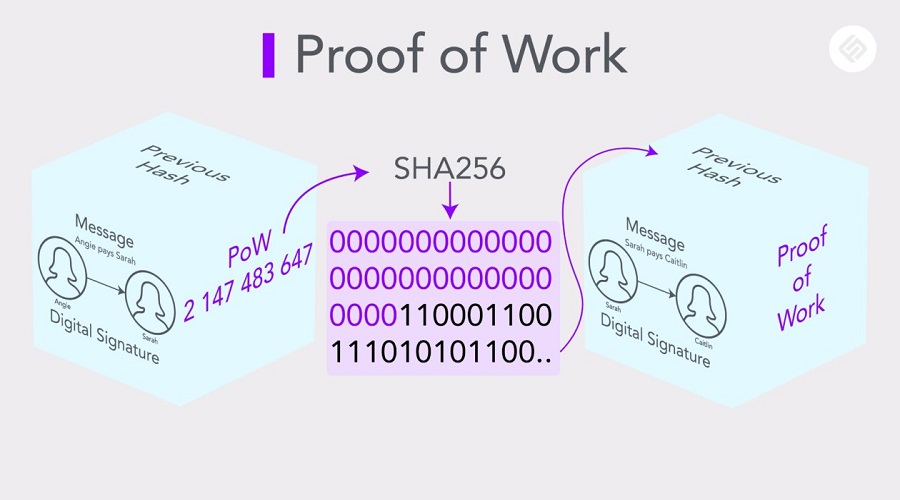

Special feature of byzantine fault tolerance
One of the distinctive features of BFT is its ability to reach consensus even in the presence of certain disagreements between two nodes. This characteristic is particularly crucial for decentralized Blockchains like Bitcoin or Ethereum. Satoshi Nakamoto, the creator of Bitcoin, has made a significant breakthrough in addressing the BFT (Byzantine Fault Tolerance) issue. By implementing proof of work for the Bitcoin network, the system can protect itself from malicious nodes, effectively reducing the number of such nodes by up to a third.Pros and cons of Byzantine Generals Problem
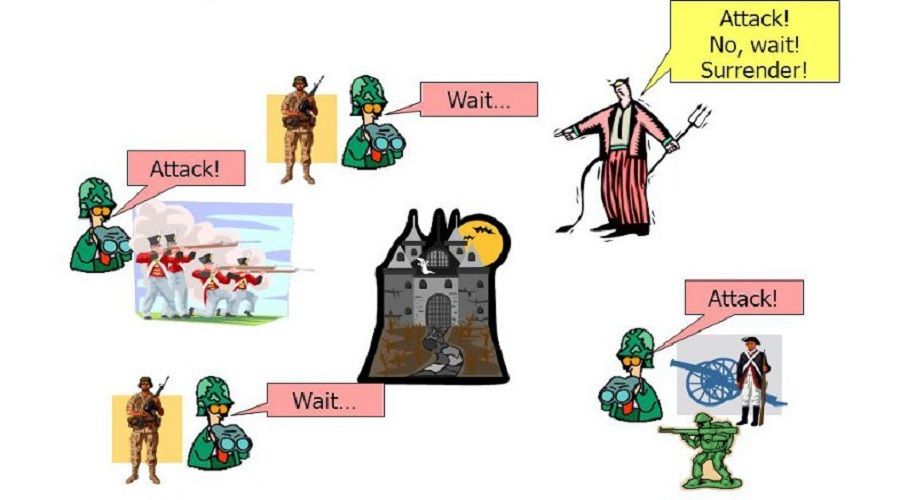
Advantage
- The Byzantine Generals Problem does not impose any requirement in terms of energy consumption or algorithmic power. This is because no miners are obligated to solve complex algorithms for every transaction block. As a result, the consensus process can be conducted in a more friendly manner compared to the Proof of Work approach.
- If all Nodes come to an agreement regarding a transaction block, it will be confirmed immediately without the need for multiple confirmations.
- As every node is capable of participating in actions, rewards can also be shared among all participants. In this context, the rewards allocated to nodes will not differ as in POW or POS.
Defect
- By means of this approach, it is possible for one party to acquire a significant level of control over a substantial quantity of Nodes, which could result in the occurrence of Sybil attacks.
- This method also takes longer and has limited scalability due to the requirement for nodes to communicate with each other at every step of the process.
What is Yield Farming? Gain a comprehensive understanding of the terminology associated with Yield Farming
The concept of Yield Farming, prominent Yield Farming platforms, and the associated risks and opportunities are explored in this article,...
Read moreWhat is Initial DEX Offering (IDO crypto)? Does playing IDO really give you a 100% chance of winning?
One may inquire as to why the Initial DEX Offering (IDO) has gained widespread popularity and whether investing in IDO...
Read moreWhat is ERC – 20? Advantages, disadvantages & how to create ERC- 20 network tokens
In this article, we will explore ERC-20 and ERC-20 tokens along with their applications and advantages and disadvantages. For those...
Read moreWhat is Airdrop Crypto? Instructions for making airdrop coins in the Crypto market
What is Airdrop and how many forms of Airdrop Crypto exist? Discover the limitations and effective instructions on how to...
Read moreWhat is DAO? Limitations and Investment Potential of DAO in Crypto
Understanding the terminologies used in the field of cryptocurrency is crucial for individuals involved in Crypto market participation or intending...
Read moreWhat is zkEVM? Classification of groups zkEVM
ZkEVM is an abbreviation for the term "Zero-Knowledge Ethereum Virtual Machine". It is a protocol that enables the execution of...
Read moreWhat is web3 technology? How to invest in Web3 in 2023
The emergence of Web 3.0 following Web 2.0 has brought about increased flexibility and superior interaction capabilities compared to its...
Read moreWhat is move to earn? best move to earn crypto in 2023
In the current GameFi market, it is possible to combine the seemingly unrelated tasks of earning money and improving one's...
Read moreWhat does NFT crypto stand for: Clarifying the Significance of Non-Fungible Tokens (NFTs) through technical examination
Non-fungible token (NFT) art are digital assets stored on a blockchain that depict physical or non-physical items, such as digital...
Read moreWhat are play to earn (P2E) Games? How to earn money with play game crypto?
Play to Earn has emerged as a popular trend in mid-2021, leading to a notable increase in the activity of...
Read moreWhat is an oracle in blockchain? Top blockchain oracle projects 2023
The intended function of blockchain technology was never to operate in isolation from the larger economic ecosystem. Despite the challenges...
Read moreBinance account sign up: What is binance account? how to create binance account?
Numerous cryptocurrencies are supported by Binance and its proficiency in ensuring swift exchange operations between volatile coins and fiat currencies...
Read moreWhat is a defining feature of the Metaverse Crypto? What does the term Metaverse refer to?
We have heard numerous prominent figures, such as Mark Zuckerberg, CEO of Facebook, and Satya Nadella, CEO of Microsoft, expound...
Read moreWhat are AI Tokens? Best AI Coins & Tokens to Invest in
The predicted impact of artificial intelligence (AI) is expected to revolutionize various sectors, including the field of cryptocurrency. The AI...
Read moreWhat are Fan Tokens? How Binance Fan Tokens are Revolutionizing the World of Sports and Entertainment?
The Fan Token is a term that has been shared by the CEO of the cryptocurrency exchange CZ on Twitter,...
Read more






